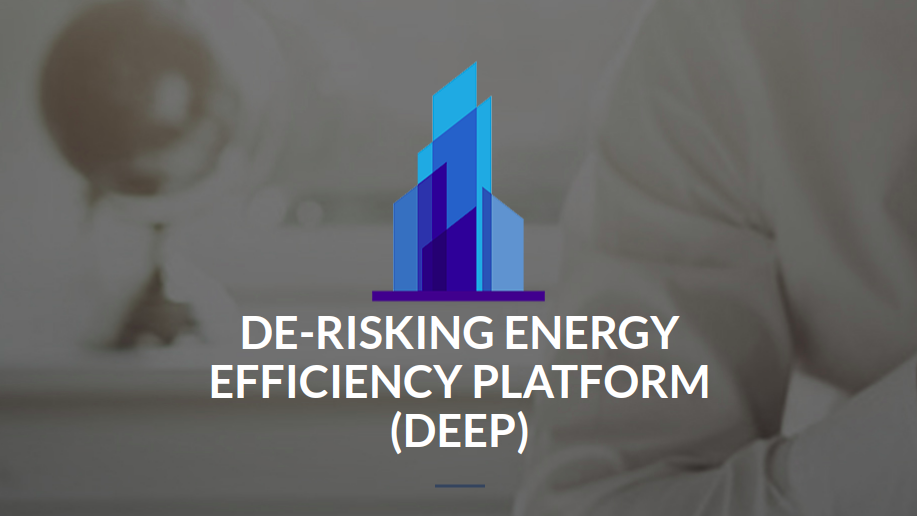 Renewable Energy
Renewable EnergyGoing DEEP
Summary
The Energy Efficiency Financial Institutions Group (EEFIG) has over 15,000 projects. They provide a good indication of the risk factors involved in energy efficiency. EEFIG is now more user-friendly through better upload and data check-in mechanism and application programming interface (API)
We need you to use the database and give us your feedback. Have a look. Try out the features and have a look at the features. Click here to read the full article on the company's new website, DEEP. The website has been updated to show Internal Rate of Return (IRR)/ Net Present
Net Present Value (NPR), Key Performance Indicators aligned with the EU taxonomy on sustainable finance and allowing user defined energy prices. The energy efficiency community has traditionally been poor at providing the data rigour on previous projects. The energy efficiency has a track record of previous projects that could and should be included in this database. Back to the full story.
Open full article
Going DEEP
In addressing our long-term climate and energy goals, we seriously need to upscale investments in energy efficiency, because reducing demand is a major element in reducing GHG emissions. The Energy Efficiency Financial Institutions Group (EEFIG) was established to bring together a wide range of stakeholders, not only from financial institutions, to identify the problems and to assess what would be effective solutions.
While we want financial institutions to help finance energy efficiency improvements they need help to improve their underwriting through de-risking projects. While there are many ways to do that, well beyond the scope of this article, one of the ways that can help is in providing better data from past experience.
Energy efficiency has a track record. For decades there have been projects funded, privately and publicly. However, there has been very poor harvesting of results to give future funders confidence. However, EEFIG developed what is known as the De-risking Energy Efficiency Platform (DEEP) so that completed projects can be analysed to give more confidence to funding future similar projects. DEEP now has over 15,000 projects from both the buildings and industrial sectors throughout Europe. Given the number of projects, they give a good indication of the risk factors involved and that should help financial institutions better analyse business plans for new projects. The projects in DEEP are not a statistically representative sample of all energy efficiency projects in Europe. They are a collection of implemented projects with at least a minimum data set made available to us by our data providers, which give useful insights into the market. Any reported economic indicators reflect the individual situation of the included projects. But they help and are definitely part of the solution. As DEEP evolves and adds more projects, the indicators will become more robust.
The following diagram shows where we are right now.

Recently, the website has been updated to show Internal Rate of Return (IRR)/ Net Present Value (NPR), Key Performance Indicators aligned with the EU taxonomy on sustainable finance and allowing user defined energy prices. DEEP is now more user-friendly through better upload and data check-in mechanism and application programming interface (API) for use of aggregated data in other applications.
Now we need you to use the database and give us your feedback.
Undoubtedly, in the world we work in, data are fundamental. The energy efficiency community has traditionally been poor at providing the data rigour on previous projects. We also know there are many, many more projects that could and should be included in this database. Data providers are more than welcome to be part of this approach.
Have a look. Try out the features and give us your feedback.



